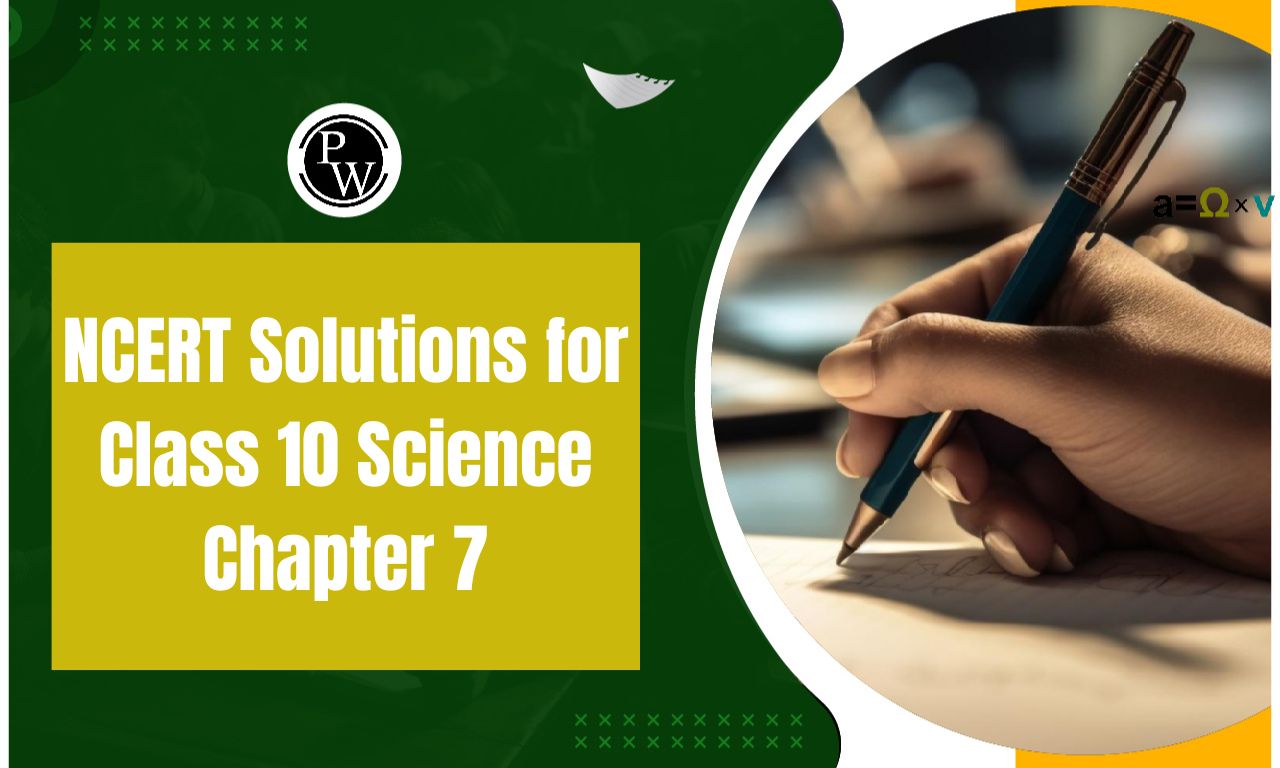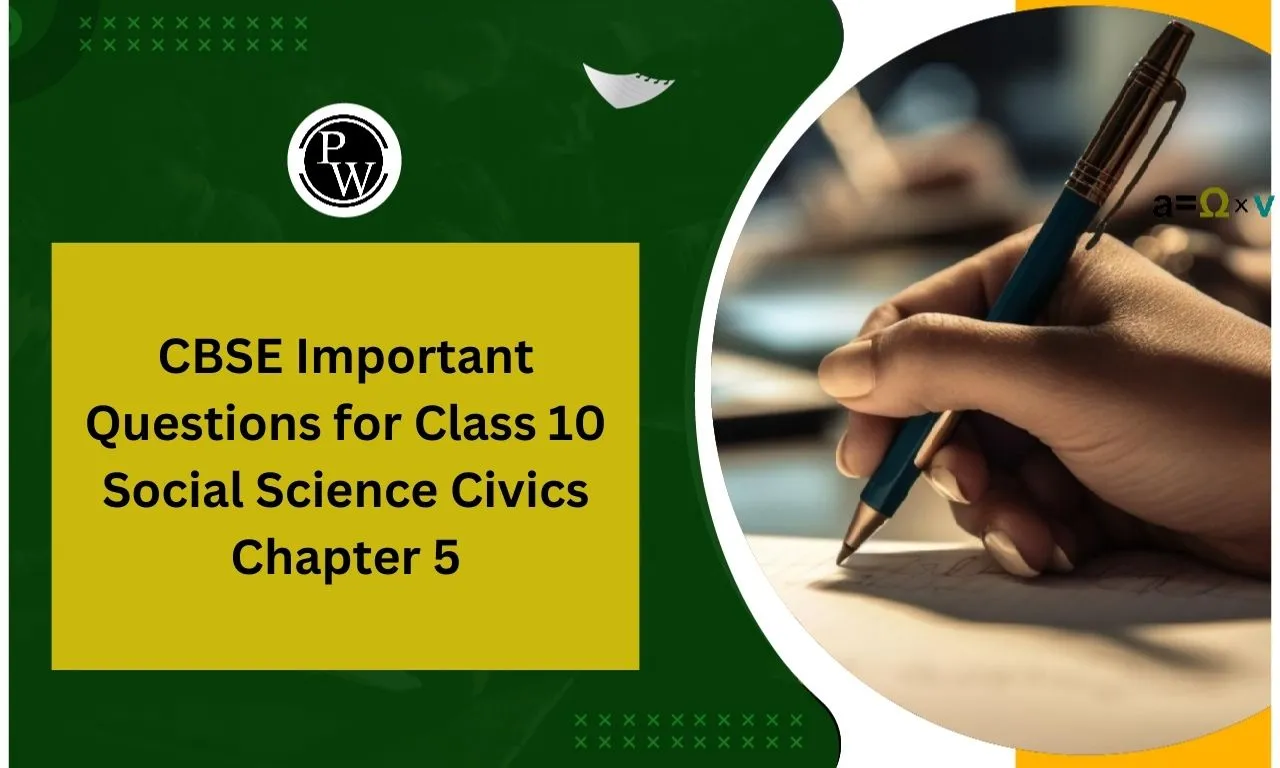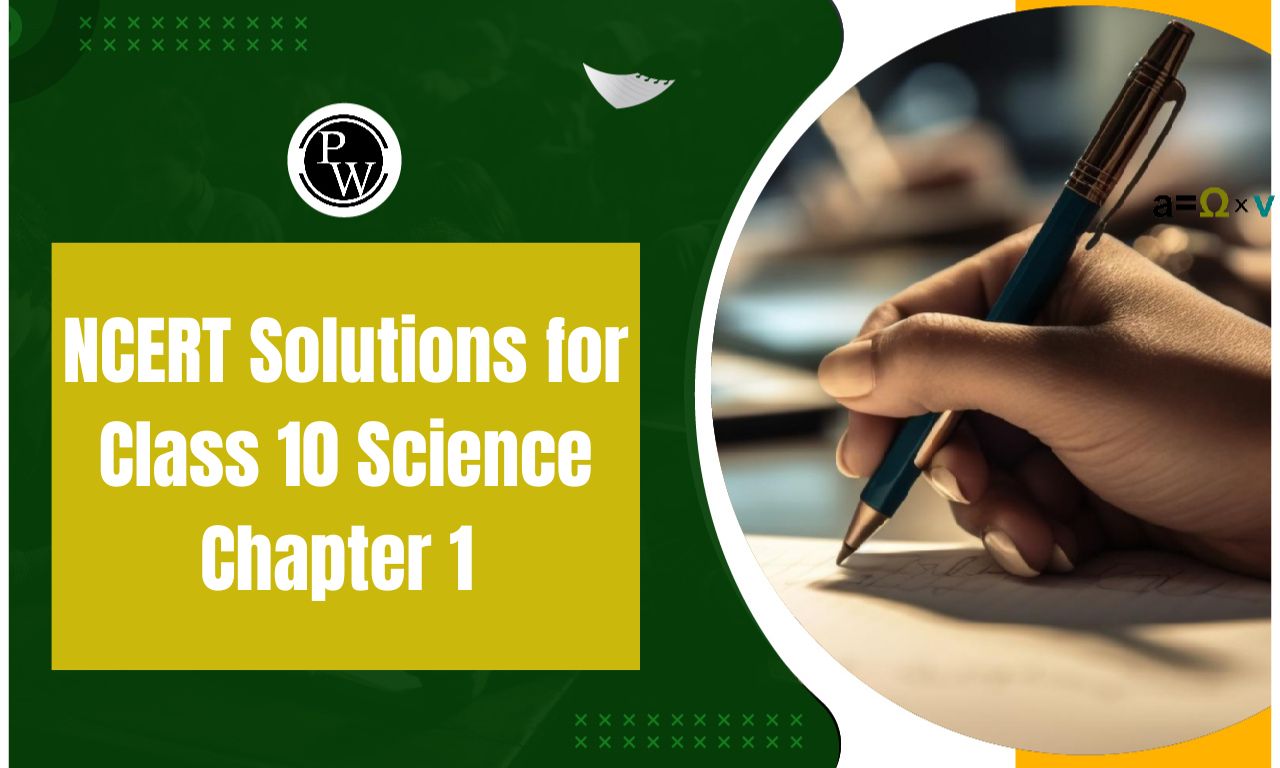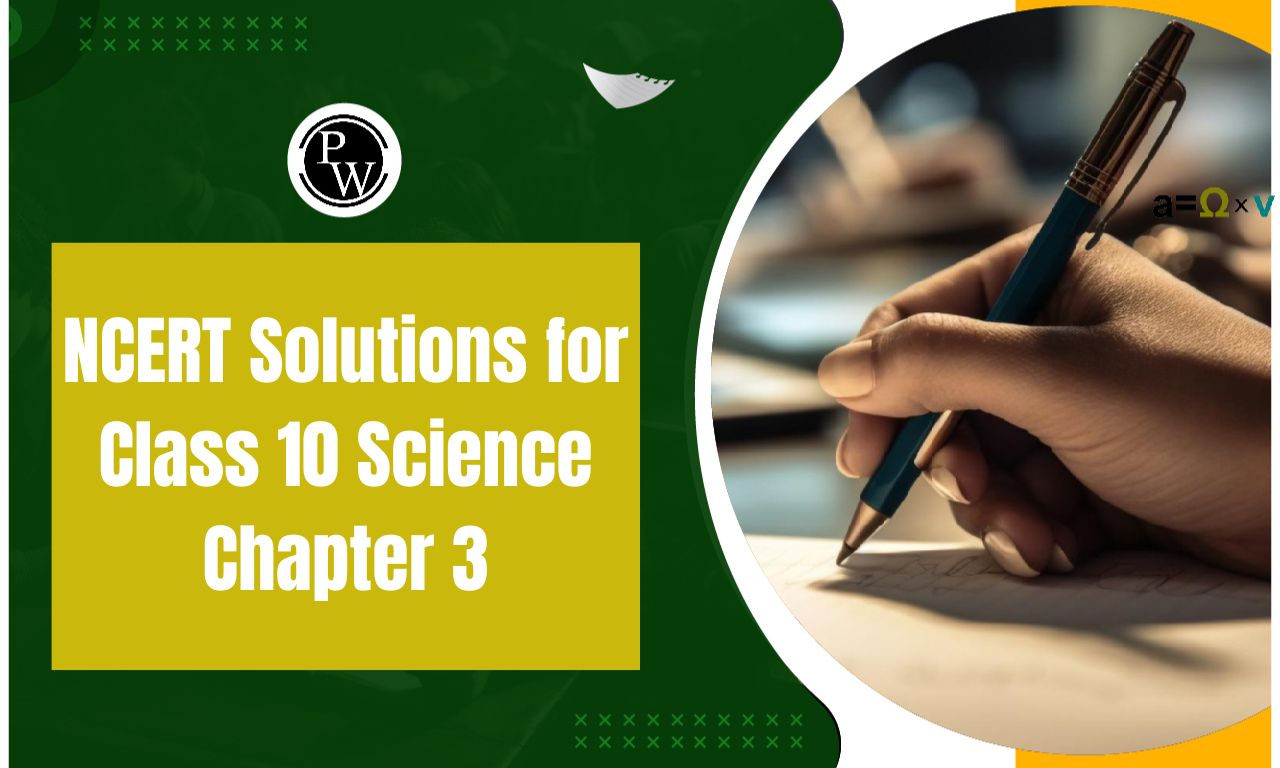
CBSE Class 10 Social Science Geography Notes Chapter 3: In Class 10 Geography, Chapter 3, you will study water resources. The chapter opens with a discussion of how fresh water is available on Earth and how a shortage of it arises. The chapter goes over the benefits and drawbacks of building dams on rivers. The chapter concludes with a discussion of rainwater harvesting as a way to save water.
The CBSE Notes for Class 10 Geography Chapter 3 on Water Resources are provided here. All of the significant subjects covered in the chapter are covered in these notes. These notes are also available for download in PDF format for offline reading.CBSE Class 10 Social Science Geography Notes Chapter 3 PDF
Below is the PDF link to the CBSE Class 10 Social Science Geography Notes, Chapter 3. An extensive overview of the subjects addressed in the chapter Water Resources is given in these notes.CBSE Class 10 Social Science Geography Notes Chapter 3 PDF
CBSE Class 10 Social Science Geography Notes Chapter 3
Below we have provided CBSE Class 10 Social Science Geography Notes Chapter 3 for students to help them understand the chapter better and to score good marks in their examination.Water
Although water covers three-fourths of the earth's surface, just a small amount of that water is usable freshwater. One renewable resource is water.Water Scarcity and the Need for Water Conservation and Management
The availability of water resources varies over space and time.- Overuse, over-exploitation, and unequal access to water among various social classes are the main causes of water scarcity.
- In an effort to increase the area under irrigation for dry-season crops, water resources are being overused.
- In certain places, there is enough water to suit everyone's needs. However, the poor quality of the water in those places continues to cause a shortage of water.
- Protect ourselves from risks to our health.
- Assure the continuation of our creative efforts, food security, and our means of subsistence.
- Stop the deterioration of our natural environments.
Multi-Purpose River Projects and Integrated Water Resources Management
Water conservation in the past involved the construction of complex hydraulic structures such as stone-rumble dams, lakes or reservoirs, embankments, and irrigation canals. In modern-day India, we have carried on this custom by constructing dams in the majority of our river basins.Dams
A dam is a structure that blocks, redirects, or slows the flow of water across it, frequently resulting in the creation of a lake, impoundment, or reservoir. The reservoir, not the building, is referred to as the "dam."Uses of Dams
Dams are built,- To store rainwater and rivers so they can be utilised later to irrigate fields for farming. for the production of power.
- Water supply for business and residential purposes.
- Flood prevention.
- Recreation, fishing, and inland navigation.
Side Effects of Creating Dams
- The natural flow of rivers is impacted by damming and regulation.
- The aquatic life in the rivers has worse habitats.
- It is difficult for aquatic animals to travel over fragmented rivers.
- The vegetation and soil that are already there are submerged by dams built on floodplains, which eventually causes them to decompose.
- Many new environmental movements, such as the "Narmada Bachao Andolan" and the "Tehri Dam Andolan," have been sparked by the construction of huge dams.
- The locals frequently had to give up their land, means of subsistence, and authority over resources in order to build the dam.
Rainwater Harvesting
Rainwater harvesting is a straightforward technique for storing rainfall for later use. Rainwater collected can be stored, used to multiple uses, or used straight for recharging. Various techniques have been used for rainwater harvesting in various locations -- For agricultural purposes, people in hilly and mountainous areas have constructed diversion channels similar to the Western Himalayan "guls" or "kuls."
- Rainwater harvesting on rooftops is a popular method of storing drinking water, especially in Rajasthan. To irrigate their fields, inhabitants in Bengal's flood plains created inundation channels.
- Agricultural fields in semi-arid and arid regions were transformed into rain-fed storage structures called "khadins" in Jaisalmer and "Johads" in other parts of Rajasthan, which allowed the water to stand and saturate the soil.
- The tanks are constructed inside the main house or the courtyard and are a part of the sophisticated rooftop rainwater gathering system.
- This is mostly used to save rainwater in Rajasthan, especially in the regions of Bikaner, Phalodi, and Barmer. Since the "tanka" would keep the chamber cool, several houses have built underground rooms next to it to escape the summer heat.
CBSE Class 10 Social Science Geography Notes Chapter 3 FAQs
What is chapter 3 of geography class 10?
CBSE Notes Class 10 Geography Chapter 3 Water Resources.
What are the short notes for water resources?
Water resources refers to natural resources of water that are potentially useful as a source of water supply.
What are the 5 sources of water?
Source water refers to bodies of water (such as rivers, streams, lakes, reservoirs, springs, and ground water) that provide water to public drinking-water supplies and private wells.
🔥 Trending Blogs
Talk to a counsellorHave doubts? Our support team will be happy to assist you!

Check out these Related Articles
Free Learning Resources
PW Books
Notes (Class 10-12)
PW Study Materials
Notes (Class 6-9)
Ncert Solutions
Govt Exams
Class 6th to 12th Online Courses
Govt Job Exams Courses
UPSC Coaching
Defence Exam Coaching
Gate Exam Coaching
Other Exams
Know about Physics Wallah
Physics Wallah is an Indian edtech platform that provides accessible & comprehensive learning experiences to students from Class 6th to postgraduate level. We also provide extensive NCERT solutions, sample paper, NEET, JEE Mains, BITSAT previous year papers & more such resources to students. Physics Wallah also caters to over 3.5 million registered students and over 78 lakh+ Youtube subscribers with 4.8 rating on its app.
We Stand Out because
We provide students with intensive courses with India’s qualified & experienced faculties & mentors. PW strives to make the learning experience comprehensive and accessible for students of all sections of society. We believe in empowering every single student who couldn't dream of a good career in engineering and medical field earlier.
Our Key Focus Areas
Physics Wallah's main focus is to make the learning experience as economical as possible for all students. With our affordable courses like Lakshya, Udaan and Arjuna and many others, we have been able to provide a platform for lakhs of aspirants. From providing Chemistry, Maths, Physics formula to giving e-books of eminent authors like RD Sharma, RS Aggarwal and Lakhmir Singh, PW focuses on every single student's need for preparation.
What Makes Us Different
Physics Wallah strives to develop a comprehensive pedagogical structure for students, where they get a state-of-the-art learning experience with study material and resources. Apart from catering students preparing for JEE Mains and NEET, PW also provides study material for each state board like Uttar Pradesh, Bihar, and others
Copyright © 2025 Physicswallah Limited All rights reserved.
Get App









